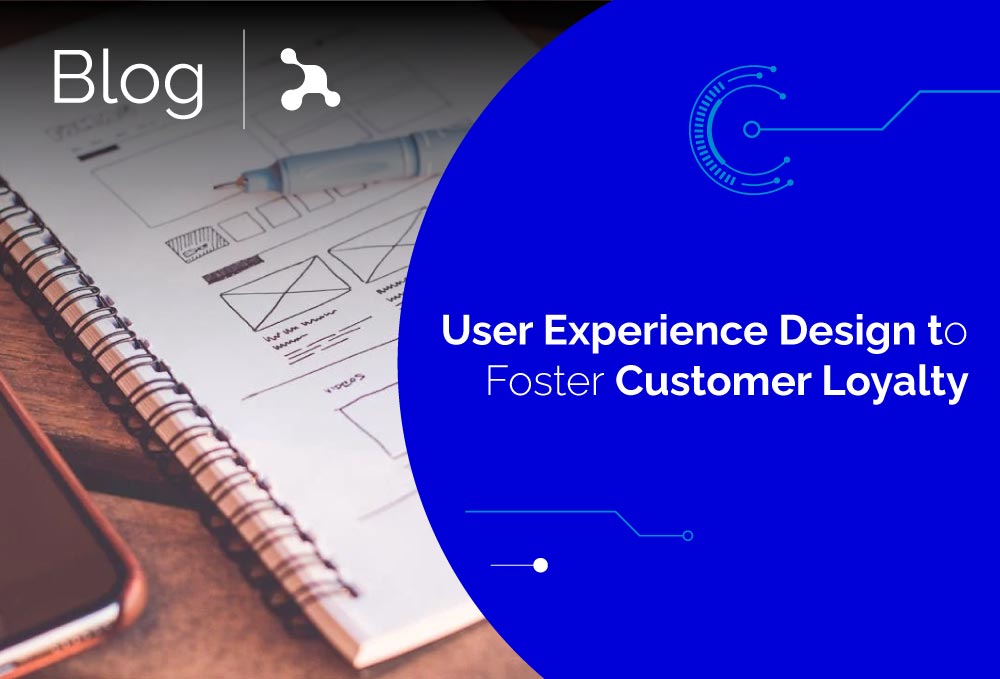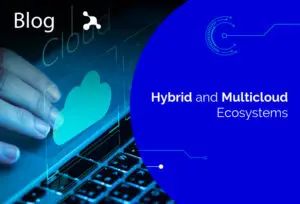Customer loyalty is essential for the success of any business. A loyal customer is not only more likely to make repeat purchases, but also acts as a brand advocate, recommending it to friends and family. One of the key factors that can foster this loyalty is an excellent user experience (UX). Below, we will explore how UX design can increase customer loyalty and retention through various techniques and strategies.
Understand Your Users
User Research
Before designing any experience, it is crucial to understand the users. Conducting user research through interviews, surveys, and behavior analysis helps identify their needs, wants, and pain points.
Personas and Empathy Maps
Tools like creating detailed personas and empathy maps help better visualize users and allow for a deeper understanding of customers to design experiences that truly resonate with them.
User-Centered Design
Simplicity and Usability
An intuitive and easy-to-use design is critical. Users should be able to navigate a website or application effortlessly, achieved by simplifying interfaces and eliminating any unnecessary elements that might distract or confuse the user.
Consistency
Maintaining consistency across all user touchpoints with the brand, such as color palettes, typography, and tone of voice, creates a coherent experience that users can recognize and trust.
Personalization
Personalized Content
Offering personalized content and recommendations based on user behavior and preferences not only enhances the user experience but also increases the likelihood of return visits.
Adaptive Interfaces
Designing interfaces that adapt to individual user needs, which can include features like customizable dashboards or adaptive workflows, improves user satisfaction, boosts productivity, and provides flexibility and scalability, offering a competitive edge in the market.
Feedback and Continuous Improvement
Receiving Feedback
Incorporating mechanisms to receive continuous user feedback, such as surveys, contact forms, and behavior analysis, helps identify areas for improvement and adapt a product to the changing needs of users.
Usability Testing
Conducting regular usability tests to detect and resolve issues before they negatively impact the user experience. Tests can be both qualitative and quantitative.
Microinteractions and Animations
Microinteractions
Microinteractions are small details that enhance the user experience. They can be as simple as a subtle animation when a correct action is performed or an error message when something goes wrong.
Informative Animations
Using animations to guide the user and provide visual feedback, not only make the experience more engaging but also help users better understand how to interact with the product.
Support and Assistance
Proactive Assistance
Offering proactive assistance through chatbots, detailed FAQs, and real-time support ensures that users can easily get help when they need it.
Educational Resources
Providing educational resources, such as tutorials and guides, to help users get the most out of a product can increase user satisfaction and reduce frustration.
Building Trust
Security and Privacy
It’s important to ensure that users feel safe when using a product, achieved by implementing robust security measures and clearly communicating how their data is protected.
Transparency
Being transparent about business policies and any changes that may affect users builds trust and loyalty.




